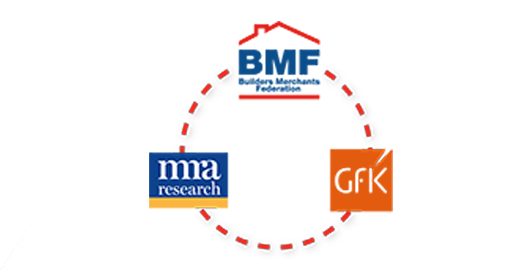Hanson Cement comment: Q3 2016
Jim Claydon, Managing Director Hanson Cement is BMBI’s Expert for Cement & Aggregates.
Demand for mineral products was slightly down in Q3 2016, but beyond the quarterly fluctuations the longer-term trends remain positive. Sales to builders’ merchants were up in Q3 on a like-for-like basis. The main construction drivers were private housing and commercial work, explaining the stronger builders’ merchants’ performance.
Demand for ready to use products remains high, and like-for-like sales are better than other product lines. Plastic packaged cement continues to be popular as it gives merchants more storage options and allows better product placement in their yards. We expect sales of cement in plastic packaging to increase as the weather changes.
Leaving the EU is a long term issue and we don’t yet know what to expect. What we do know is that the UK economy is still in good shape. GDP was up 0.5% in Q3, household consumption is strong and we’ve seen increases in services and production (ONS). All major growth forecasts have been downgraded for 2017-18, but no recession is expected.
The outlook for construction materials in 2017 is uncertain and difficult to call. Recent news of national merchants’ branch closures and reducing headcount caused some concern, but most closures are connected to plumbing and heating rather than heavy building materials.
The Mineral Products Association (MPA) is calling on Government to take action in the Autumn Statement to boost investment in construction. The MPA believes construction activity has more benefit to the economy than present data suggests. In addition, the level of Government expenditure in construction will be critical to offset any decline in private sector investment.
News that the Hinkley Point nuclear power station project has finally been given the green light from Government was very welcome, as was the approval of a new runway at Heathrow Airport. It could be years before work starts at Heathrow, but we expect other smaller but significant publically financed infrastructure projects to kick-in from 2017 until 2020/21.
On the downside, we expect to see a significant increase in costs in 2017 as inflationary factors start to impact. This is primarily driven by the increases in fuel and energy but also in raw materials, packaging and labour. The carbon agenda will impact the cost of producing cement over the coming years due to the investment required to meet carbon reduction targets to combat global warming.



